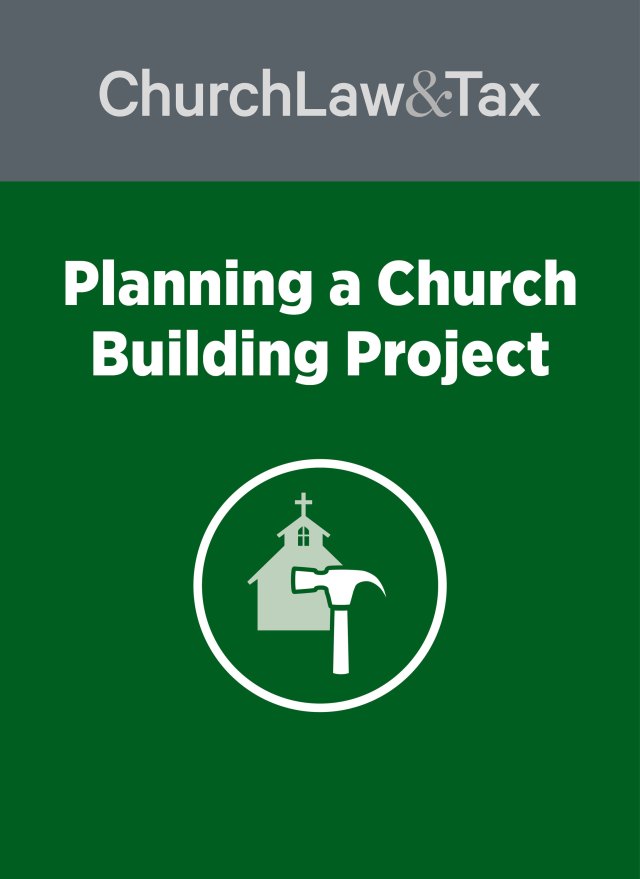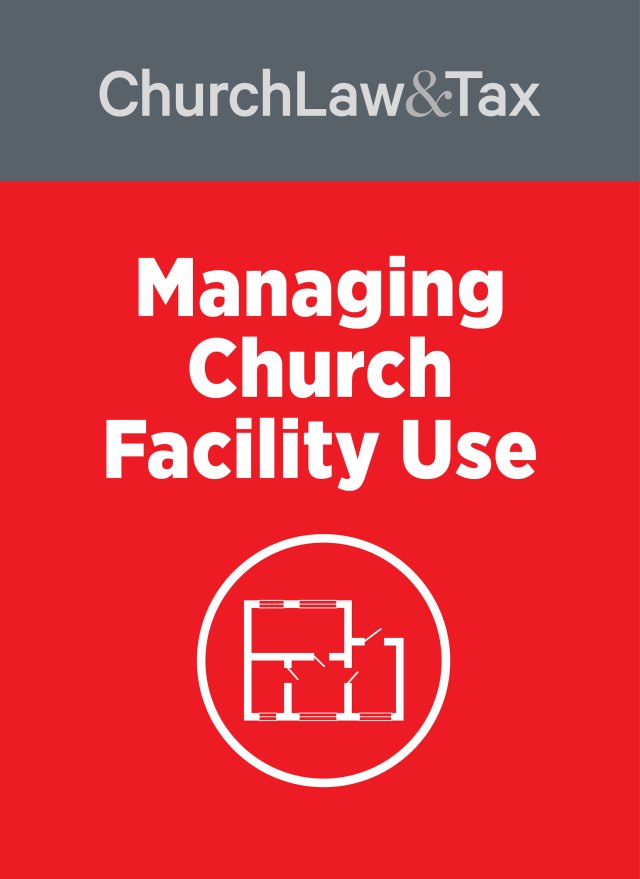Key point 7-08. Most cities have enacted building codes that prescribe minimum standards in the construction of buildings. The courts have ruled that these laws may be applied to churches so long as they are reasonably related to the promotion of public health and safety.
* A Colorado court ruled that a church had to demolish or “modify” a new addition that it built in violation of a local building code. Imagine the shock of your church being ordered to demolish or substantially modify a new building because you did not comply fully with a local building code. That is exactly what happened to a church in Colorado. This case should be studied carefully by the leaders of any church that is considering a building project. Here are the facts of this tragic case. A church began constructing a new addition to its sanctuary without a building permit. City officials became aware of the project after a neighbor complained about dust. The city granted the church a permit to build a foundation. However, the church proceeded with its construction project well beyond the building of the foundation. After the project was well underway, the city issued a building permit. When the work was substantially completed, a neighboring property owner informed the city that a special use permit had not been obtained for the new addition and that the addition did not meet the thirty-foot height limit for structures in that particular residential zone. The city attorney reviewed the case and concluded that a special use permit should have been required prior to the issuance of any building permit. However, relying on the principle of “relative hardship,” the city did not revoke the building permit because the structure was already constructed. In addition, the city granted a five-foot height variance to the church in excess of the residential zone height limit.
Several neighbors filed a lawsuit claiming that the church violated several city ordinances in constructing its new addition and asking the city to order that it be demolished. The trial court concluded that under the doctrine of relative hardship, the addition did not have to be removed or altered. The neighbors appealed. A state appeals court concluded that the principle of relative hardship did not protect the new addition from demolition. The court noted that in determining whether the church had to remove the new addition, three factors had to be considered: (1) good faith reliance on the building permit; (2) the neighbors’ injury compared to the builder’s investment; and (3) general respect for municipal ordinances. However, the court noted that these three factors are considered only if a builder acted in good faith. The court concluded that the facts in this case did not demonstrate that the church acted in good faith, and therefore the principle of relative hardship could not be applied to protect its new addition from demolition. In support of its conclusion, the court observed,
The evidence established that [the church] did not lack the means or knowledge to ascertain "the true facts" regarding the need for a special use permit prior to construction of the thirty-foot height limitation. Also, it started construction without investigating planning and zoning requirements; it was notified of the thirty-foot height restriction prior to issuance of a building permit; when [neighbors] learned of this violation, they promptly notified the church; the church began construction before obtaining a necessary building permit. Further, the church continued construction with knowledge that the site development plan had not been approved and was inadequate and "with full knowledge" that its on-site parking plan had not been approved. Moreover, it continued construction even after the city finally notified it of the thirty-foot height limit; it never redesigned the building to meet this limit; and it used the building without having obtained a certificate of occupancy and without complying with many code provisions relating to grading. Finally, the church neither applied for a special use permit nor exhausted its administrative remedies. In light of these facts, the equitable doctrines of estoppel and relative hardship should not be applied to protect the church from the consequences of its actions in ignoring a plethora of zoning, planning, and code provisions.
The court sent the case back to the trial court with the instruction to “require the church to modify the church addition to comply with existing ordinances.”
Application. Many church building projects do not comply fully with the local building code. If the violations are numerous, as in this case, then the church may not be able to defeat the efforts of hostile neighbors to have the new building removed or substantially modified. The lesson here could not be clearer: church leaders should not even think about beginning a construction project without taking steps to ensure full compliance with the building code. While it is certainly possible to comply with all building code requirements by maintaining frequent contact with city officials and a contractor, the services of a local real estate attorney should also be considered, especially for larger projects. The small price paid for legal advice will be well worth it. Olson v. Hillside Community Church, 42 P.3d 52 (Colo. App. 2001).
© Copyright 2002 by Church Law & Tax Report. All rights reserved. This publication is designed to provide accurate and authoritative information in regard to the subject matter covered. It is provided with the understanding that the publisher is not engaged in rendering legal, accounting, or other professional service. If legal advice or other expert assistance is required, the services of a competent professional person should be sought. Church Law & Tax Report, PO Box 1098, Matthews, NC 28106. Reference Code: m21 c0602



